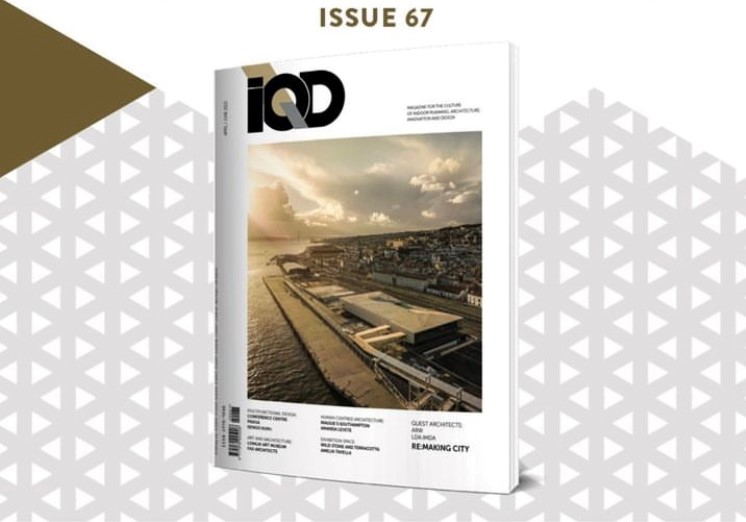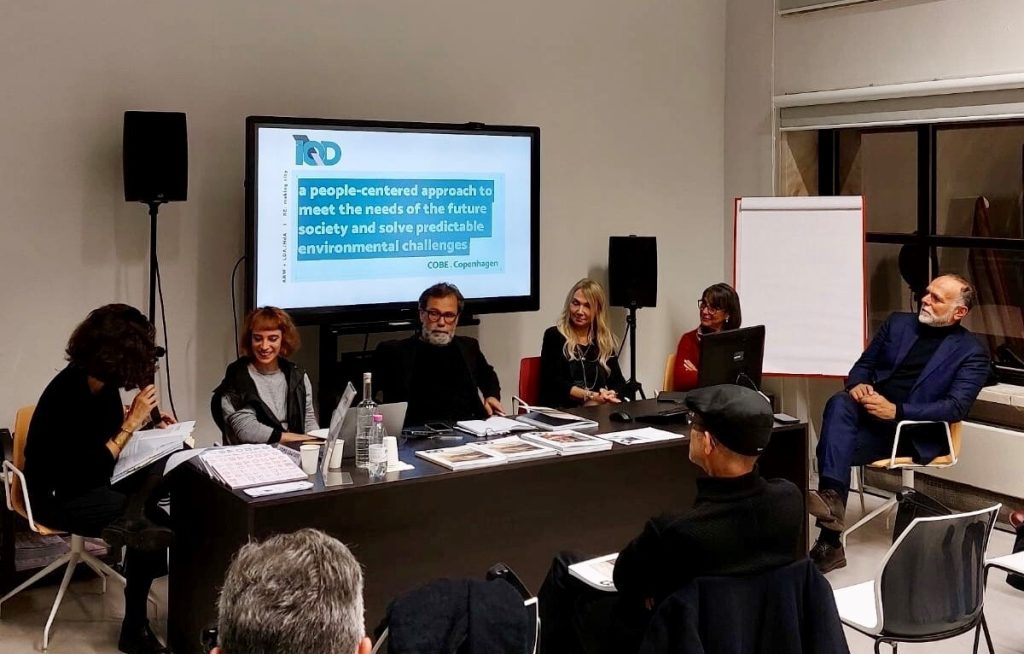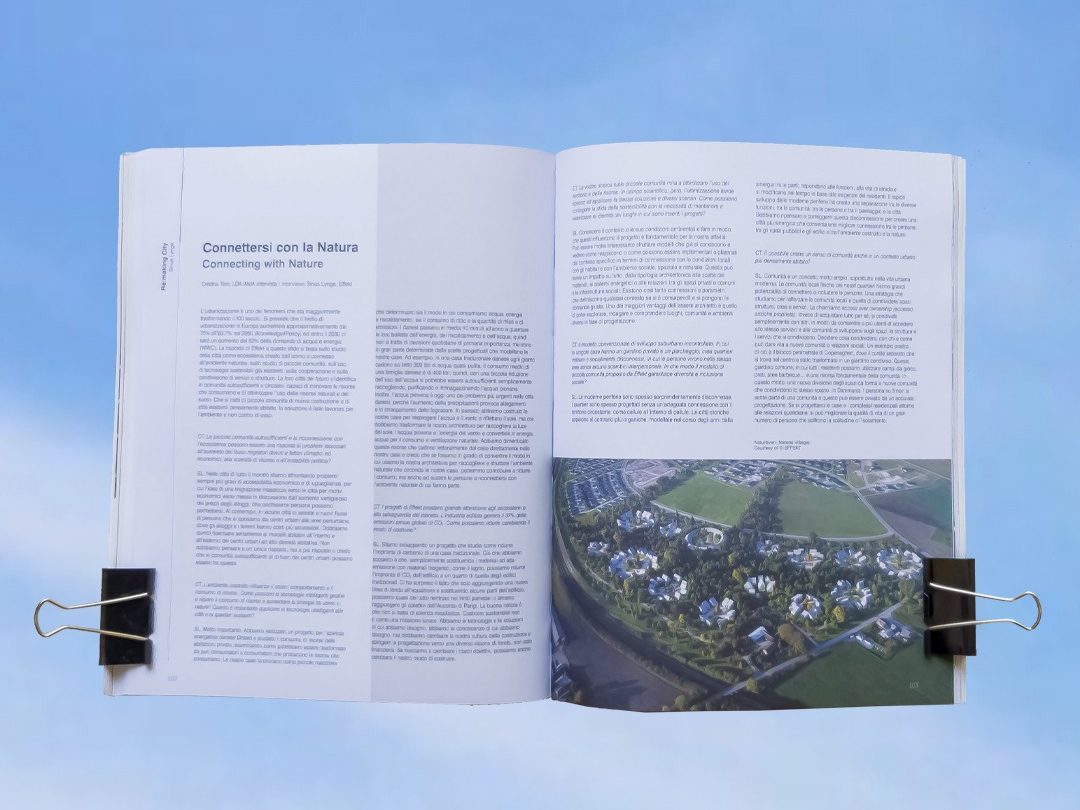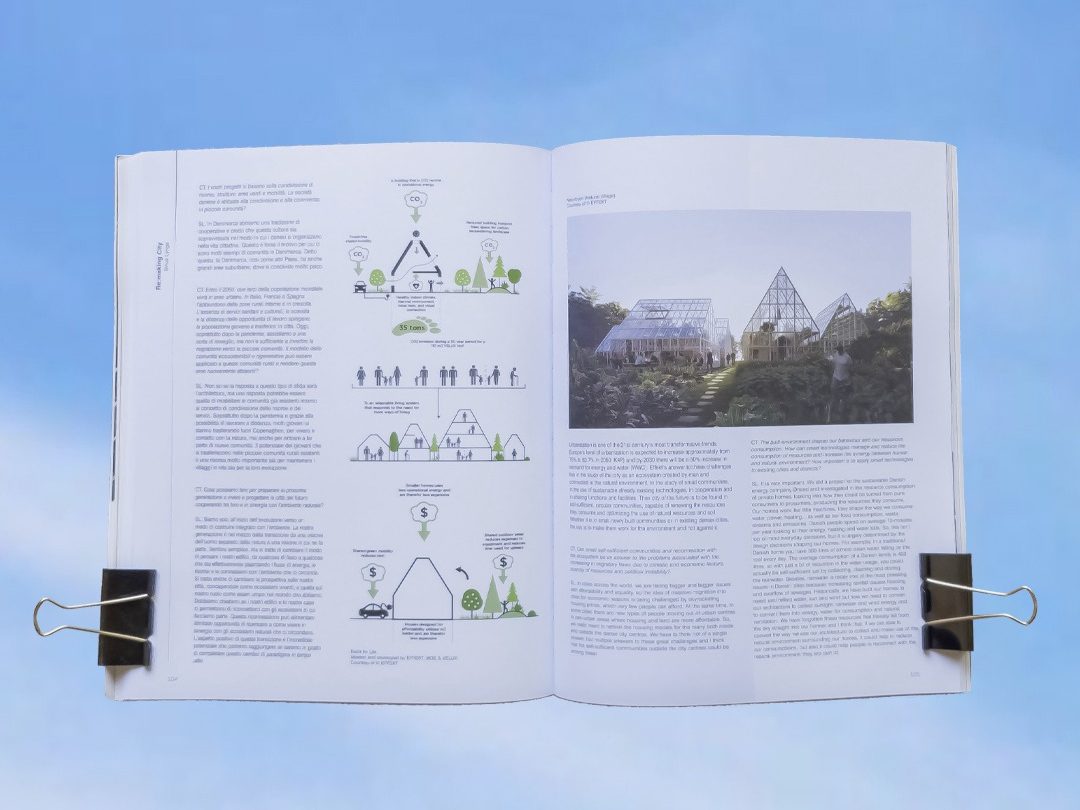
IQD 67 presentation at the Palazzina Reale of Santa Maria Novella in Florence
On Thursday, 10th November 6 pm, during the third session of the cycle of presentations “Serie Continua – libri di architettura e non solo” organized by the Order of Architects of Florence, the “Re:making City” section of issue 67 of IQD, curated by architectural firms LDA.iMdA and Arw, was presented.
During the event, held at the Palazzina Reale in Santa Maria Novella, headquarters of the Ordine Architetti PPC della Provincia di Firenze and Fondazione Architetti Firenze, speakers included Roberta Busnelli (Editor-in-Chief of IQD), Paolo Posarelli (Architect LDA.iMdA and curator of the Re:making City section), Cristina Toni and Cinzia Palumbo (LDA.iMdA), Giorgio Cerrai (Ordine degli Architetti di Firenze) and Silvia Moretti (Fondazione Architetti Firenze).

The reflection proposed in this section Re:making City is divided into two parts: the first consists of the contribution of specialists who elaborate and develop a specific theme with a mainly theoretical slant and the second features analyzes and considerations on specific urban realities, trying to identify projects and researches that are then compared and cross-checked with the assertions of the first part. The emerging trends show a European population increasingly determined to live in cities and the target to decongest the city by limiting private vehicle traffic, with the consequent need/opportunity to increase the urban quality throughout the city thanks to polycentric systems. The housing policy also assumes central importance, aiming at overcoming the logic of land value by creating the possibility of coexistence for different social strata. The most relevant issue however remains that of climate change, whose actions to combat it cannot start from cities alone.
We need a new global strategy but only a few people seem to be interested in. Environmental and social factors, such as the increase in population and communications, are at the origin of this structural change. As this analysis shows, today’s Europe is changing, it is still homogeneous and solid, but it maintains differences, especially as far as the integration of migratory flows is concerned, which materializes in the way of living and accessing the different opportunities. It is once again evident that the city is the indirect and direct expression of democracy. We must be aware of this if we want the European city to continue to be a reference place capable of conjugating differences, a place where to plan for the future. Various, and not all democratic, models coexist in the world while today the difficulty of understanding the directions of the underway change and of the new post-war geopolitical order is spreading.




